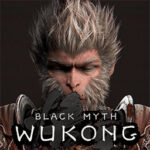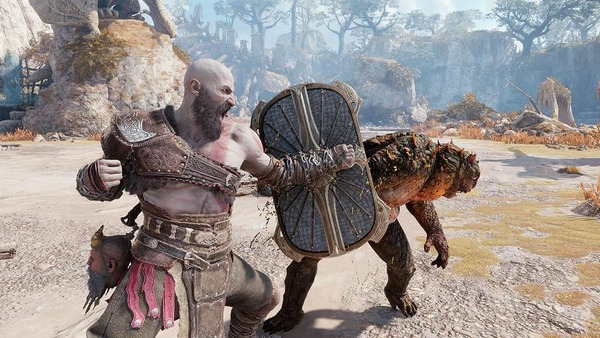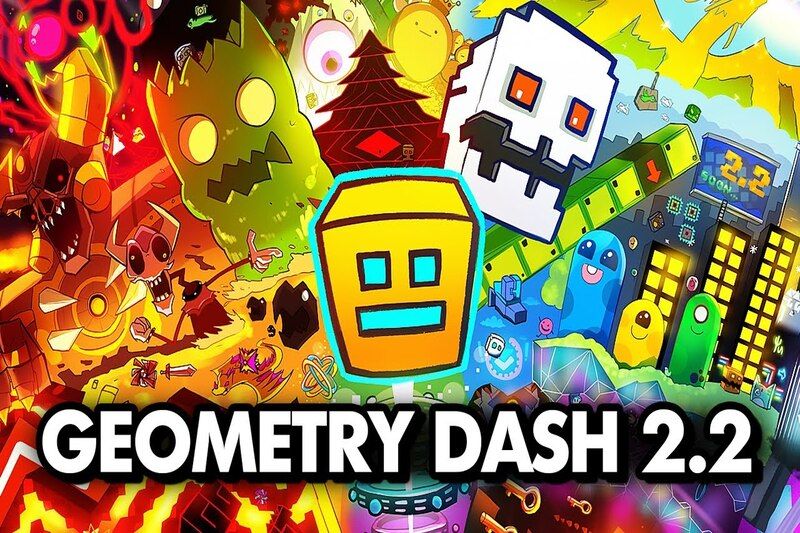Popular Now
Introduction
Stumble Guys exploded onto the mobile and PC gaming scenes as a lighthearted battle royale game that brought party-game chaos to millions. With bright visuals and simple controls, it quickly became a go-to title for casual players, streamers, and mobile gamers. But behind the charming visuals and accessible gameplay lies a deeper concern—Stumble Guys may be struggling with a core issue that threatens its long-term appeal: a lack of gameplay depth. This article dives into the root of this problem and explores its consequences for player engagement, competitive play, and future viability.
-
The Viral Launch and Casual Success
When Stumble Guys first launched in 2020, it benefitted immensely from the popularity of similar titles like Fall Guys. On mobile platforms, where Fall Guys wasn't available, Stumble Guys quickly filled the void. It gained millions of downloads with its short, action-packed rounds, comedic physics, and fun visuals.
Its early success was built on being easy to pick up and play. With 32-player lobbies, minimal wait times, and matches that lasted just minutes, it became a perfect pick for mobile users seeking quick entertainment. But that success was largely rooted in surface-level appeal—fast fun with little long-term substance.
-
Shallow Mechanics and Limited Player Expression
One of the clearest weaknesses in Stumble Guys is the minimalistic game mechanics. While the basic controls—move, jump, and dive—are easy to grasp, they offer little room for creative or strategic gameplay. All players share identical capabilities, and there’s no variation in character stats, no skill trees, and no items that offer competitive depth.
The dive mechanic is often highlighted as the only skill-based feature, letting players try to dodge or reposition quickly. However, since this is the only "advanced" mechanic, the skill ceiling is inherently low. As a result, mastery of the game often comes quickly, leading to player burnout or boredom.
[caption id="attachment_2344" align="aligncenter" width="1200"]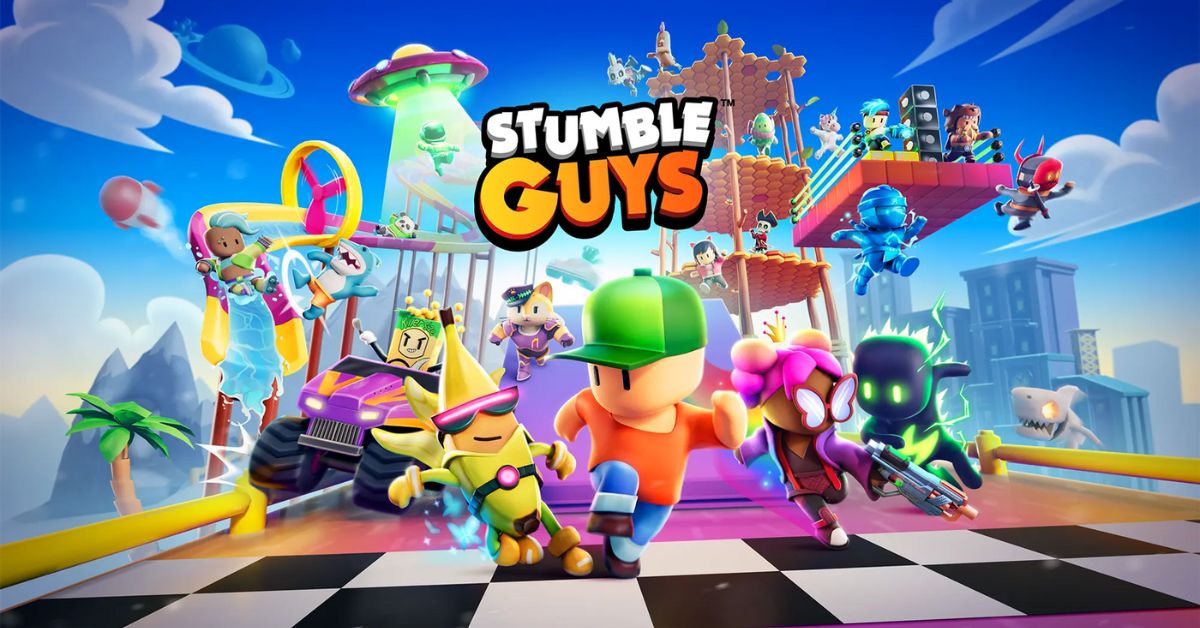 xr:d:DAF63zm0IDA:2,j:2471766870588844057,t:24012507[/caption]
xr:d:DAF63zm0IDA:2,j:2471766870588844057,t:24012507[/caption]
-
Repetition and Lack of Strategic Layers
The obstacle courses in Stumble Guys are undeniably entertaining at first, but over time, their design starts to show a lack of complexity. Most levels follow a similar pattern: dodge hazards, run forward, qualify. There's very little variation in strategy from one map to another.
This repetition becomes noticeable after just a few hours of gameplay. The lack of dynamic changes or varying objectives in the maps leads to a feeling of sameness. Even with visual differences, the experience rarely evolves in a meaningful way. Without new mechanics or progression layers, players may feel like they’ve "seen it all" far too quickly.
-
Cosmetic-Driven Progression with No Gameplay Impact
Stumble Guys uses cosmetics—skins, emotes, footstep effects—as its primary form of progression. These are unlocked through daily logins, battle passes, or microtransactions. While visually appealing, they don’t change gameplay in any meaningful way.
This creates a major issue for players looking for rewards tied to skill or time investment. Unlike games where leveling up offers new abilities or gameplay options, Stumble Guys’ system is purely aesthetic. This disconnect between progression and gameplay leads to a lack of motivation for continued play.
What’s Missing in Progression:
-
No unlockable character abilities or perks
-
No competitive rewards that reflect skill
-
No systems encouraging mastery or tactical improvement
-
Competitive Potential Falls Short
Stumble Guys has made efforts to introduce competitive elements such as tournaments and leaderboards. However, these systems remain rudimentary. There’s no real matchmaking based on skill, no meaningful ranking system, and outcomes often feel more tied to randomness than skill.
Game physics—especially the bumping, slipping, and ragdolling—can make results feel unpredictable. This randomness is fun in moderation but frustrating in a competitive context. As a result, Stumble Guys hasn’t gained traction in esports or competitive communities in the way that similar games with more control and balance have.
-
Map Design and the Illusion of Variety
Though Stumble Guys features a large number of maps, many of them feel like variations of the same concept. Most are linear races with environmental hazards that function similarly from one map to the next. The lack of innovative or game-changing features means that new maps rarely shake up the core gameplay.
Unlike Fall Guys, which introduces new mechanics with many of its seasonal updates, Stumble Guys tends to simply reskin existing concepts. Players quickly notice when a "new" map is just another version of dodging swinging hammers or bouncing on trampolines.
-
Community Feedback and Stagnation
In successful live-service games, player feedback plays a crucial role in the direction of updates. Players want to see their input acknowledged through balance tweaks, new mechanics, and better systems. In Stumble Guys, feedback implementation has been minimal.
While new cosmetic items and temporary events are added, there’s been little evolution in the gameplay systems themselves. This lack of responsiveness can make players feel disconnected from the game’s development and discourage long-term commitment.
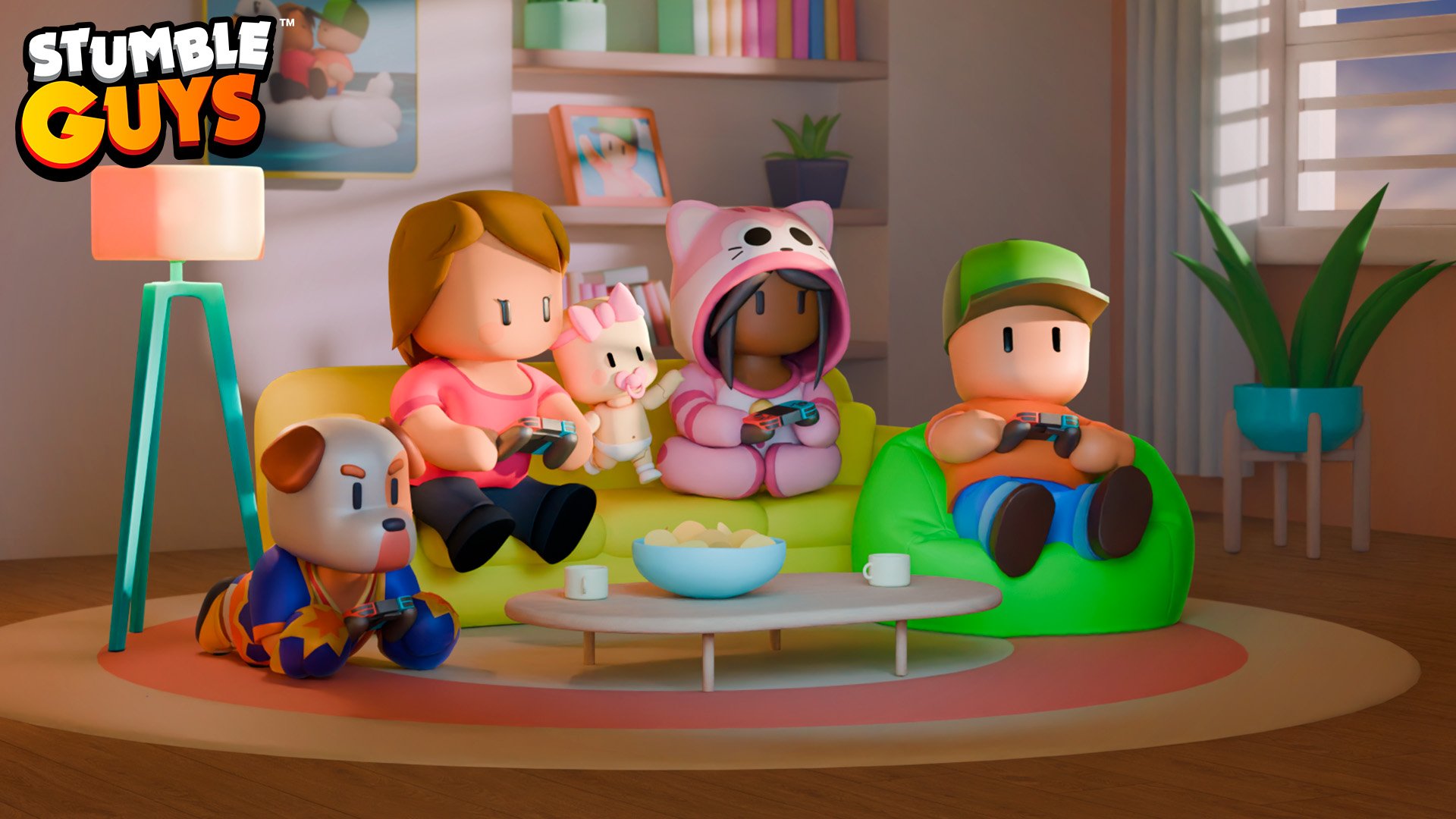
-
Monetization Over Innovation
Monetization in Stumble Guys is aggressive, especially on mobile. Players are shown ads between matches, and cosmetic-driven battle passes and bundles are pushed heavily. While these systems are profitable, they come at a cost.
The focus on monetization often seems to outweigh the focus on innovation. Rather than adding game-enhancing features or balance improvements, updates tend to center around new skins or bundles. This gives the impression that the game is more interested in selling content than in improving the player experience.
-
Comparisons with Fall Guys Reveal Missed Potential
Fall Guys and Stumble Guys are constantly compared, and for good reason. While Fall Guys has its issues, it frequently introduces new rulesets, dynamic maps, and even collaborations that bring fresh mechanics. By contrast, Stumble Guys tends to repeat the same formulas without iteration.
This comparison highlights the areas where Stumble Guys has fallen short. Despite having a massive mobile player base and lighter technical requirements, it hasn’t taken the same innovative steps to keep gameplay fresh and exciting.
-
A Path Forward: What Needs to Change
To move beyond being a short-term success and into long-term viability, Stumble Guys must embrace gameplay evolution. Some possible directions include:
-
Introducing player abilities or perk systems
-
Expanding map variety with puzzle elements, non-linear routes, or interactive tools
-
Creating skill-based progression systems with visible ranking
-
Allowing player-made maps or modding tools for community creativity
-
Improving physics for more predictable and fair outcomes in competitive play
With a committed development team and an open ear to player feedback, Stumble Guys can transform into more than just a fun party game—it can become a respected entry in the competitive multiplayer genre.
Conclusion
Stumble Guys delivered on its promise of quick, fun, and accessible multiplayer chaos. It dominated the mobile charts and became a go-to casual title for millions. But in a gaming world where players crave progression, strategy, and evolving content, Stumble Guys is beginning to feel shallow. Without deeper mechanics, fairer competition, or more impactful updates, it risks losing relevance. The fun may last for a few matches—but for long-term engagement, the game needs to stumble less and innovate more.






